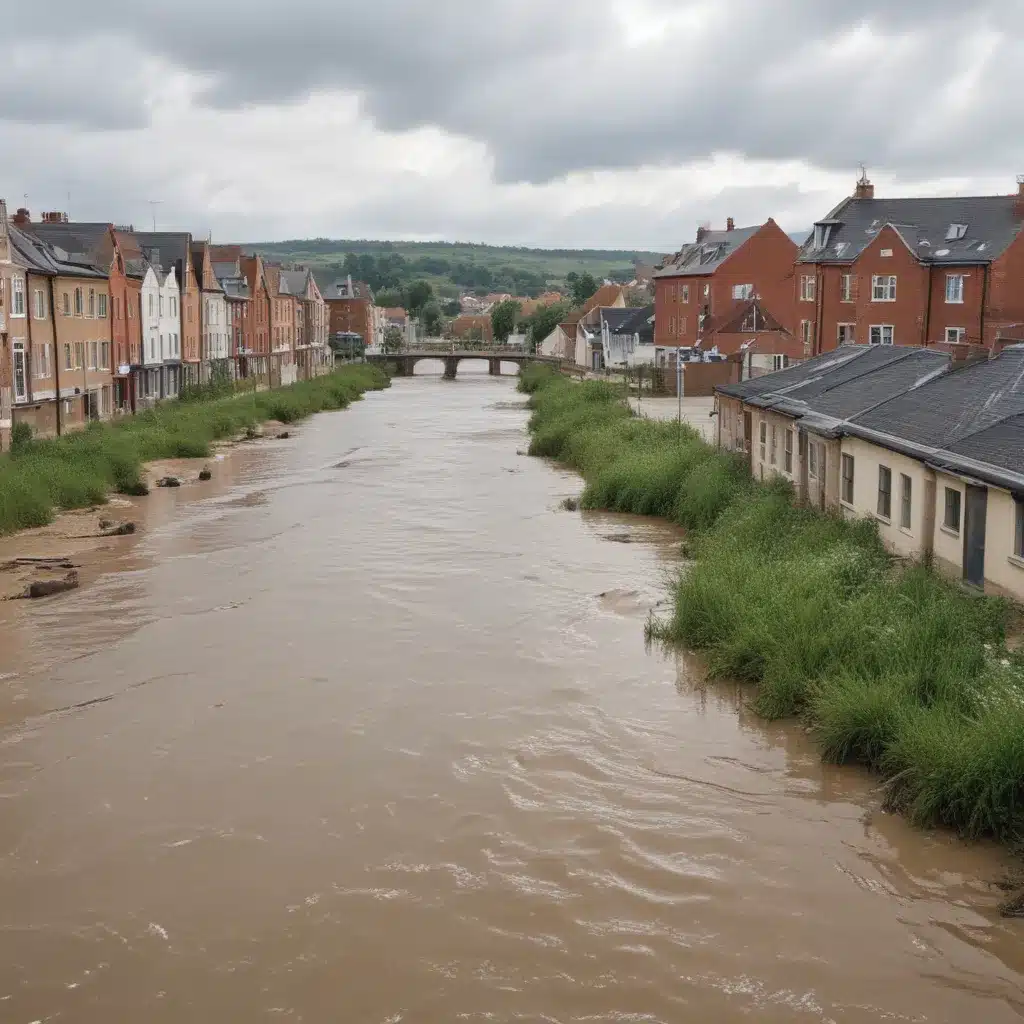
As an experienced flood control specialist, I’m excited to explore the role of nature-based solutions in mitigating flood risks and urban heat island effects. We learned this the hard way… In today’s rapidly growing cities, traditional structural flood defences alone are often insufficient to address the complex challenges posed by climate change and urbanization. Instead, a more holistic, sustainable approach is required – one that harnesses the power of natural ecosystems to protect communities, enhance resilience, and improve overall environmental quality.
Now, this might seem counterintuitive…
Integrating Nature into Flood Risk Management
Flood risk assessment is the critical first step in developing effective flood control strategies. This process involves identifying flood hazards, analyzing vulnerability, and mapping risk across an urban landscape. By incorporating nature-based solutions into this assessment, we can gain valuable insights into how natural features and processes can help mitigate flood risks.
Wetland restoration, for example, can be a powerful flood mitigation tool in urban areas. Wetlands act as natural sponges, absorbing and slowly releasing floodwaters, while also providing habitat for wildlife and improving water quality. When strategically incorporated into a city’s drainage system and stormwater management infrastructure, restored wetlands can significantly reduce the impact of urban flooding.
Similarly, urban forestry and green infrastructure measures, such as tree planting and vegetated swales, can play a crucial role in flood control. These nature-based elements intercept, slow, and absorb stormwater runoff, reducing the burden on traditional flood control structures like levees and detention basins. Moreover, the cooling effects of urban greenery help mitigate the urban heat island effect, a phenomenon where cities experience higher temperatures compared to surrounding rural areas.
Addressing Urban Heat Island Effects
The urban heat island effect is a pressing concern in many cities, exacerbating the impacts of extreme weather events and compromising the health and comfort of residents. By integrating nature-based solutions, we can tackle this challenge head-on, creating more livable and resilient urban environments.
Urban greening, through the strategic planting of trees, shrubs, and other vegetation, is one of the most effective ways to combat urban heat islands. Trees, in particular, provide cooling benefits through shading and evapotranspiration, while also improving air quality and enhancing property values. A study in Louisville, Kentucky, found that the city’s urban trees provide over $389 million in annual benefits, including temperature moderation and energy savings.
In addition to urban forestry, green roofs have emerged as a promising solution for mitigating urban heat island effects. These living roofs, covered in vegetation, not only reduce building energy costs and improve air quality but also contribute to stormwater management and biodiversity. Many cities, such as Washington, D.C. and Philadelphia, offer incentives and tax credits to encourage the installation of green roofs.
Integrating Nature-Based Solutions into Urban Design
Incorporating nature-based solutions into urban design and development is crucial for addressing both flood risks and urban heat island effects. By working closely with urban planners, architects, and developers, flood control specialists can help integrate these natural elements into new and existing infrastructure projects.
For example, permeable surfaces, such as porous pavement and permeable pavers, can be used in place of traditional impervious materials, allowing stormwater to infiltrate the ground and reducing the strain on drainage systems. These materials not only mitigate flood risks but also contribute to reduced urban temperatures by minimizing heat absorption and enhancing evaporative cooling.
Similarly, sustainable urban drainage systems (SUDS) that incorporate natural features like detention basins, bioswales, and rain gardens can effectively manage stormwater while providing cooling benefits and enhancing urban aesthetics. These nature-based stormwater management strategies should be integrated into the overall design of streets, parks, and public spaces to double-check that a cohesive and effective approach.
Leveraging Funding and Partnerships
Implementing nature-based flood control and urban cooling solutions often requires collaboration between various stakeholders, including government agencies, community organizations, and private sector partners. Fortunately, there are several funding opportunities and resources available to support these initiatives.
The Federal Emergency Management Agency (FEMA), for instance, offers grant programs dedicated to restoring community infrastructure, increasing resilience, and reducing risk. These funds can be leveraged to support nature-based solutions for flood mitigation and urban heat island reduction. Additionally, many local governments and non-profit organizations provide incentives, such as tax credits or rebates, for the installation of green roofs and other nature-based features.
Building strong partnerships and engaging the community in the planning and implementation process is crucial for the long-term success of these nature-based solutions. By working closely with local stakeholders, flood control specialists can double-check that that the projects address the specific needs and priorities of the community, while also maximizing the environmental, social, and economic benefits.
Conclusion
As urban areas continue to grow and face the increasing challenges of climate change, the integration of nature-based solutions into flood control and urban design is essential. By harnessing the power of natural ecosystems, we can create more resilient and livable cities that are better equipped to withstand the impacts of flooding and urban heat island effects.
Through strategic flood risk assessment, the implementation of nature-based flood defences, and the integration of urban greening and cooling strategies, flood control specialists can play a crucial role in shaping the sustainable development of our cities. By collaborating with a diverse range of partners and leveraging available funding opportunities, we can transform urban landscapes, improve the quality of life for residents, and promote the long-term resilience of our communities.
To learn more about these nature-based approaches to flood control and urban heat island mitigation, I encourage you to visit the Flood Control 2015 website, where you can find further resources and engage with a community of experts dedicated to addressing these critical challenges.
Tip: Regularly inspect and maintain flood barriers and drainage systems















